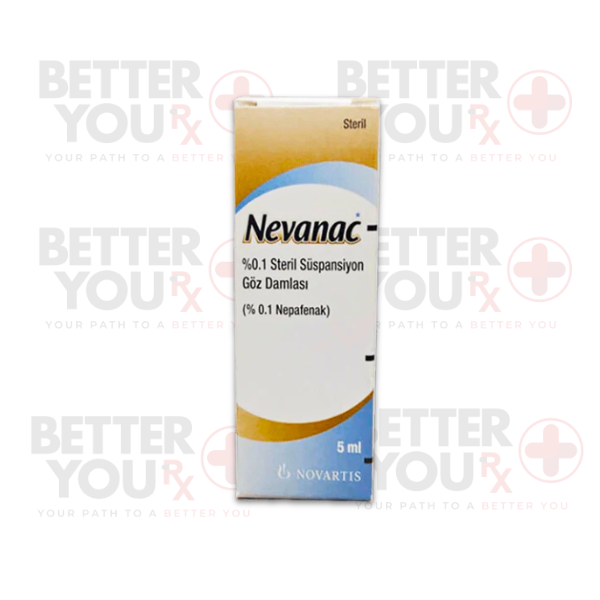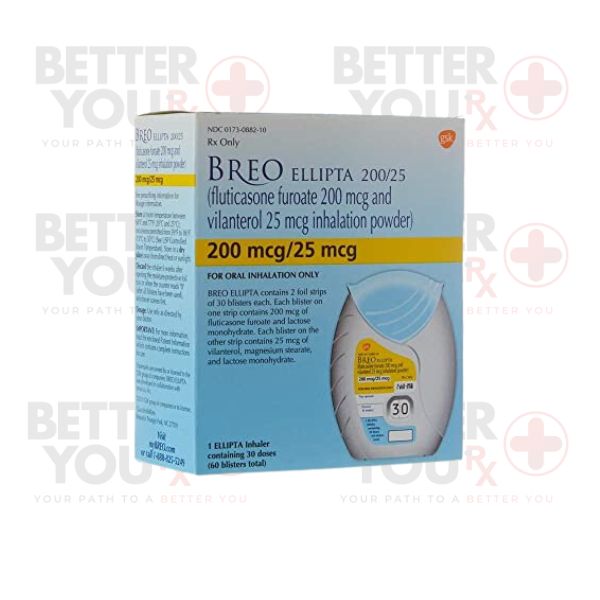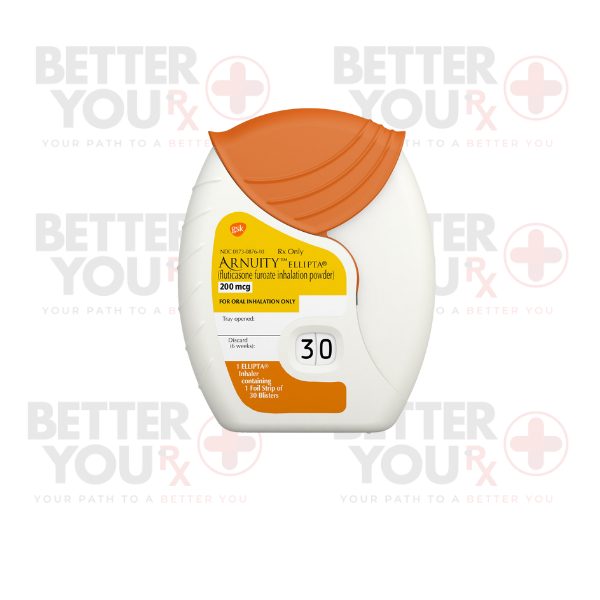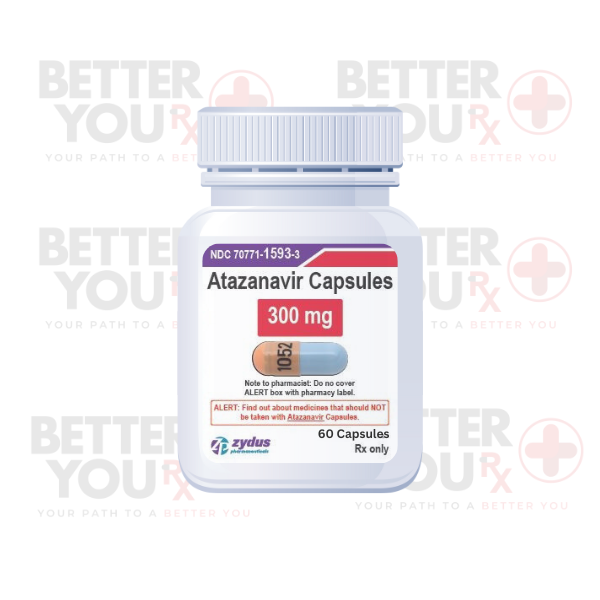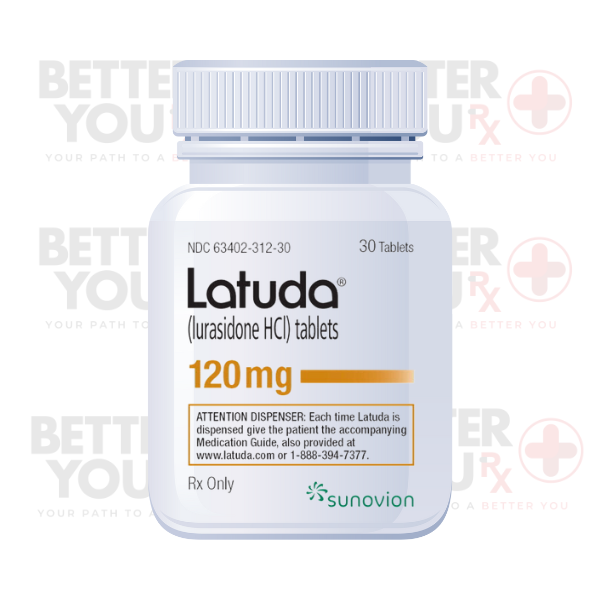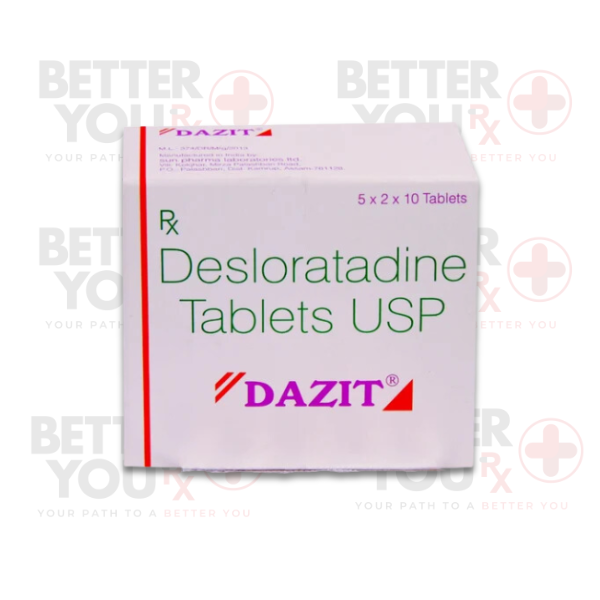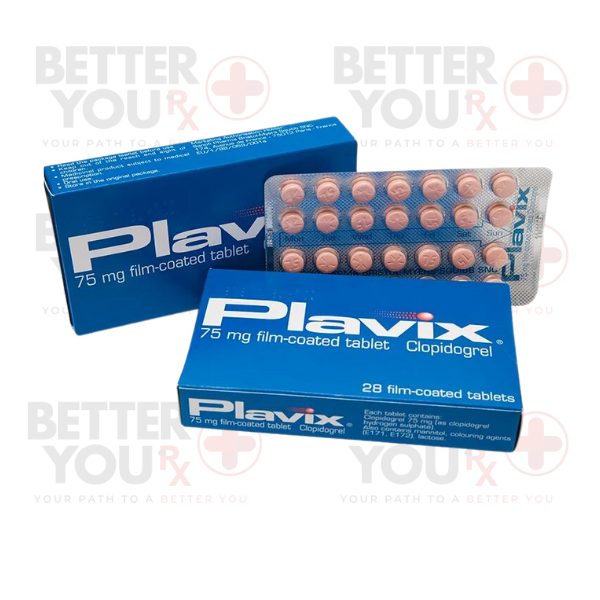Description
Nevanac (Nepafenac) is a non-steroidal anti-inflammatory drug (NSAID) specifically formulated as an ophthalmic solution for treating ocular inflammation and pain associated with cataract surgery. As a prodrug, Nevanac is converted into its active form, amfenac, once it is absorbed by the ocular tissues. This property enhances its effectiveness in managing postoperative inflammation and reducing discomfort during the healing process.
This medication is vital for patients undergoing cataract surgery, as it helps alleviate pain and inflammation, promoting a smoother recovery. The efficacy of Nevanac in the management of ocular conditions has made it a preferred choice for ophthalmologists and patients alike.
Uses of Nevanac
Nevanac is primarily used for:
- Postoperative Ocular Inflammation: It significantly reduces inflammation and pain following cataract surgery, helping patients recover comfortably.
- Management of Eye Pain: Nevanac is effective in relieving eye pain associated with various ocular conditions, improving patient comfort during the healing process.
Benefits of Nevanac
- Targeted Action: By delivering the active ingredient directly to the eye, Nevanac provides localized relief with minimal systemic absorption, reducing the risk of side effects.
- Fast Relief: Patients often experience quick relief from pain and inflammation, allowing for a more comfortable recovery experience.
- User-Friendly Application: Nevanac is available in a convenient eye drop formulation, making it easy for patients to self-administer at home.
- Comprehensive Management: Alongside pain relief, Nevanac helps minimize the risk of postoperative complications related to inflammation, supporting overall ocular health.
Common Side Effects of Nevanac
While Nevanac is generally well-tolerated, some individuals may experience side effects, particularly during the initial phase of treatment. Common side effects include:
- Eye Irritation: Patients may experience a burning or stinging sensation upon application.
- Redness or Discomfort: Temporary redness of the eye or surrounding area may occur as the eye adjusts to the medication.
- Blurred Vision: Some users report temporary blurriness after application, which typically resolves quickly.
These side effects are usually mild and self-limiting. However, if they persist or worsen, patients should consult their healthcare provider for further guidance.
How to Use Nevanac
Nevanac is administered as eye drops, and patients should follow their healthcare provider’s instructions regarding dosage and frequency. Generally, the recommended dosing regimen involves instilling one drop into the affected eye three times a day, starting one day before surgery and continuing for a specified duration afterward.
To apply Nevanac:
- Wash your hands thoroughly before use.
- Tilt your head back slightly and pull down your lower eyelid to create a small pocket.
- Hold the dropper above the eye and squeeze to release one drop into the pocket.
- Close your eye gently for a minute to allow the medication to be absorbed.
- Avoid touching the dropper tip to any surface, including the eye, to prevent contamination.
Precautions and Safety Information
- Medical History: Inform your healthcare provider of any previous eye conditions, allergies, or ongoing treatments to ensure the safe use of Nevanac.
- Pregnancy and Breastfeeding: Discuss the use of Nevanac with your doctor if you are pregnant or breastfeeding, as the safety of the medication during these periods has not been established.
- Interactions with Other Medications: Always disclose all medications, supplements, and over-the-counter products you are using to your healthcare provider, as interactions may occur.
Storage and Handling
Store Nevanac at room temperature, away from heat and moisture. Ensure that the container is tightly closed and out of reach of children to maintain its effectiveness.
Frequently Asked Questions
- Can I use Nevanac if I have a history of eye surgery?
Yes, but you should inform your healthcare provider of your surgical history and any other eye conditions before starting treatment. - What should I do if I miss a dose?
If you miss a dose of Nevanac, apply it as soon as you remember. If it’s almost time for your next dose, skip the missed dose and resume your regular schedule. Do not double the dose to catch up. - Can I wear contact lenses while using Nevanac?
It is advisable to wait at least 15 minutes after applying Nevanac before inserting contact lenses to prevent any potential interaction.
Add Nevanac to Your Cart Today
Take charge of your recovery after cataract surgery with Nevanac. Add it to your cart on Better You Rx today and ensure a smoother healing process with effective pain and inflammation management.
Disclaimer
This product description is intended for informational purposes only. Always consult a healthcare professional for personalized medical advice and guidance regarding your treatment.

